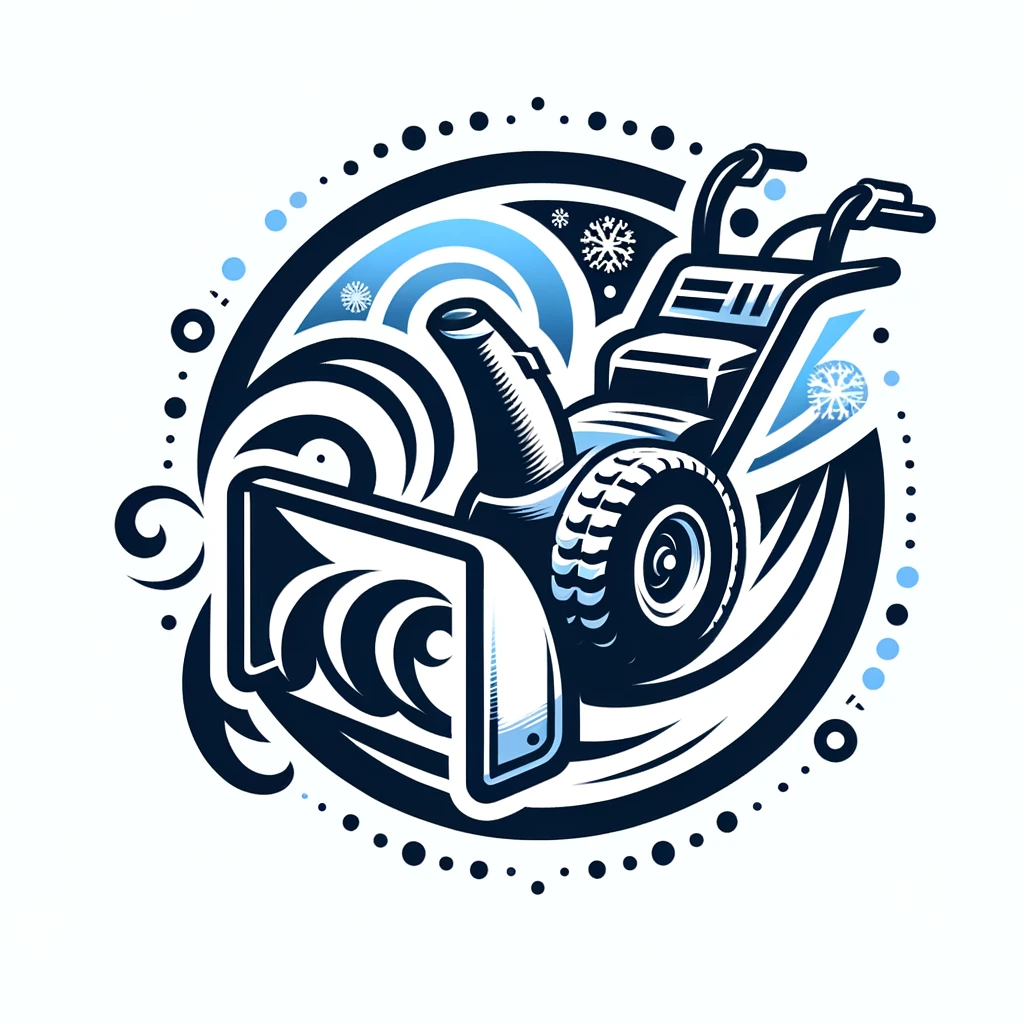Snowstorms can be beautiful, but they can also leave us feeling trapped in our own homes. That’s why investing in a snow blower is a smart decision. But with so many options available, it can be overwhelming to decide which one is right for you. In this article, you will discover the key factors to consider when determining how many stages you need for your snow blower. By the end, you’ll have a clear understanding of which stage snow blower will best suit your needs, ensuring you can tackle any winter storm with ease and efficiency.
Factors to Consider
Amount of Snowfall
When choosing a snow blower, the amount of snowfall in your area is an important factor to consider. If you live in an area with heavy snowfall or experience frequent snowstorms, a more powerful snow blower may be necessary to efficiently clear your driveway and walkways.
Surface Area to Clear
The size of the area you need to clear also plays a role in determining the right snow blower for you. If you have a small driveway or walkway, a single-stage snow blower might be sufficient. However, if you have a larger surface area to clear, a two or three-stage snow blower would be more appropriate as they offer increased power and efficiency.
Type of Snow
The type of snow in your region is another factor to consider. Wet, heavy snow requires more power to clear effectively, so a two or three-stage snow blower would be a better choice. If you predominantly experience light, fluffy snow, a single-stage snow blower could be suitable.
Budget
Your budget is an important consideration when purchasing a snow blower. Different types and models of snow blowers vary in price, with two and three-stage snow blowers generally being more expensive than single-stage ones. It is essential to find a balance between price and the features you need to ensure you make a cost-effective choice.
Single-Stage Snow Blower
How it Works
A single-stage snow blower is a compact and efficient machine designed to clear snow from smaller areas, such as sidewalks and driveways. It features an auger that collects and throws snow out through a chute. The auger makes direct contact with the surface, breaking the snow and propelling it forward.
Pros
Single-stage snow blowers have several advantages. They are lightweight and maneuverable, making them easy to use and handle. They are also generally more affordable compared to two and three-stage snow blowers. Additionally, single-stage snow blowers work well for clearing light, powdery snow.
Cons
While single-stage snow blowers are effective for lighter snow conditions, they may struggle with heavy, wet snow or icy surfaces. They have a limited throwing distance and may not be powerful enough to handle larger snowfalls or larger surface areas. It’s important to assess the snowfall and surface area you need to clear before deciding if a single-stage snow blower is suitable for your needs.
Two-Stage Snow Blower
How it Works
A two-stage snow blower is a more heavy-duty machine designed to handle larger surface areas and deeper snow. It uses an auger to collect the snow and a separate impeller to throw the snow out through a chute. The auger breaks up the snow, while the impeller propels it forward with greater force.
Pros
Two-stage snow blowers offer numerous advantages. They are more powerful than single-stage snow blowers, making them able to handle heavy, wet snow and larger snowfalls. They are also capable of throwing the snow farther, allowing for efficient clearing of larger surface areas. Additionally, two-stage snow blowers often come with features like adjustable skid shoes and clearing tools, providing versatility and convenience.
Cons
While two-stage snow blowers excel at handling heavy snow and large areas, they can be more expensive and bulky compared to single-stage snow blowers. Their increased power and size may require more storage space, and they may also be more challenging to maneuver in tight spaces. Consider the size of your property and the amount of snowfall you typically experience to determine if a two-stage snow blower is the right choice for you.
Three-Stage Snow Blower
How it Works
A three-stage snow blower is the most powerful and efficient option for snow removal. Like a two-stage snow blower, it utilizes an auger and impeller. However, it also includes an accelerator that helps break up the snow before it reaches the impeller, increasing throwing distance and overall performance.
Pros
The main advantage of a three-stage snow blower is its exceptional power and efficiency. It can handle heavy, wet snow with ease and is designed to tackle large snowfalls and larger surface areas. The accelerator feature helps clear snow more effectively, resulting in faster clearing times. Three-stage snow blowers often come equipped with additional features like heated handles and power steering, enhancing user comfort and convenience.
Cons
The primary drawback of a three-stage snow blower is its higher cost compared to single and two-stage options. It is also the largest and heaviest snow blower type, requiring more storage space and making it less maneuverable in tight areas. Consider your budget, storage capabilities, and the size of the areas you need to clear to determine if a three-stage snow blower is necessary for your needs.
Choosing the Right Stage Snow Blower
Consider the Snowfall
Evaluate the average snowfall in your region. If you experience heavy snowfall or frequent snowstorms, a two or three-stage snow blower would be more suitable to efficiently clear your property. If you encounter light snowfall, a single-stage snow blower may be sufficient.
Consider the Surface Area
Determine the size of the areas you need to clear. If you have a small driveway or walkway, a single-stage snow blower can get the job done. For larger surface areas, two or three-stage snow blowers provide the power and efficiency needed for effective snow removal.
Consider the Type of Snow
Take into account the nature of the snow in your area. Wet, heavy snow requires more power and can be more challenging to clear, making a two or three-stage snow blower a better choice. If you primarily deal with light, powdery snow, a single-stage snow blower may suffice.
Consider Your Budget
Set a budget for your snow blower purchase. Determine the features you need and find a balance between price and functionality. Single-stage snow blowers are generally more affordable, while two and three-stage snow blowers tend to be pricier but offer increased power and capabilities.
Additional Features to Consider
Electric Start
An electric start feature eliminates the need for manual pulling of a recoil cord, making it easier to start the snow blower, especially in cold weather conditions.
Headlight
A built-in headlight can be a valuable feature if you often clear snow in low-light conditions. It helps improve visibility and ensures safer operation.
Adjustable Chute
An adjustable chute allows you to control the direction and distance at which the snow is thrown. This feature provides versatility and precision when clearing snow.
Heated Grips
Some snow blowers come equipped with heated handles, providing added comfort during prolonged use in cold weather. This feature helps prevent your hands from getting too cold and improves grip.
Tracks vs. Wheels
Consider whether you need a snow blower with tracks or wheels. Tracks offer enhanced traction on uneven or hilly surfaces, making them more suitable for challenging terrains. Wheels, on the other hand, provide greater maneuverability and are well-suited for flat surfaces.
Maintenance and Care
Regular Inspections
Perform routine inspections of your snow blower to ensure it is in good working condition. Check for any loose or damaged parts and make any necessary repairs or replacements.
Oil Changes
Regularly change the oil in your snow blower according to the manufacturer’s recommendations. This helps keep the engine running smoothly and prolongs its lifespan.
Spark Plug Replacement
Replace the spark plug as recommended by the manufacturer. A fresh spark plug ensures reliable ignition and efficient performance.
Clearing Clogs
If your snow blower gets clogged with snow or debris, promptly shut it off and remove the clog. Clearing any obstructions ensures optimal operation and prevents damage.
Storage
When the snow season is over, properly store your snow blower in a clean and dry location. Follow the manufacturer’s guidelines for winterizing and preventing any potential issues.
Conclusion
Choosing the right snow blower is essential for efficient snow removal. Consider factors such as the amount of snowfall, surface area to clear, type of snow, and your budget. Single-stage snow blowers are suitable for smaller areas and lighter snow, while two-stage and three-stage snow blowers offer increased power for larger areas and heavier snow. Additional features like an electric start, headlight, adjustable chute, heated grips, and the choice between tracks and wheels can enhance usability. Regular maintenance and care will ensure your snow blower continues to perform optimally. With the right snow blower and proper upkeep, you can efficiently and effectively clear snow, making winter more manageable and enjoyable.

